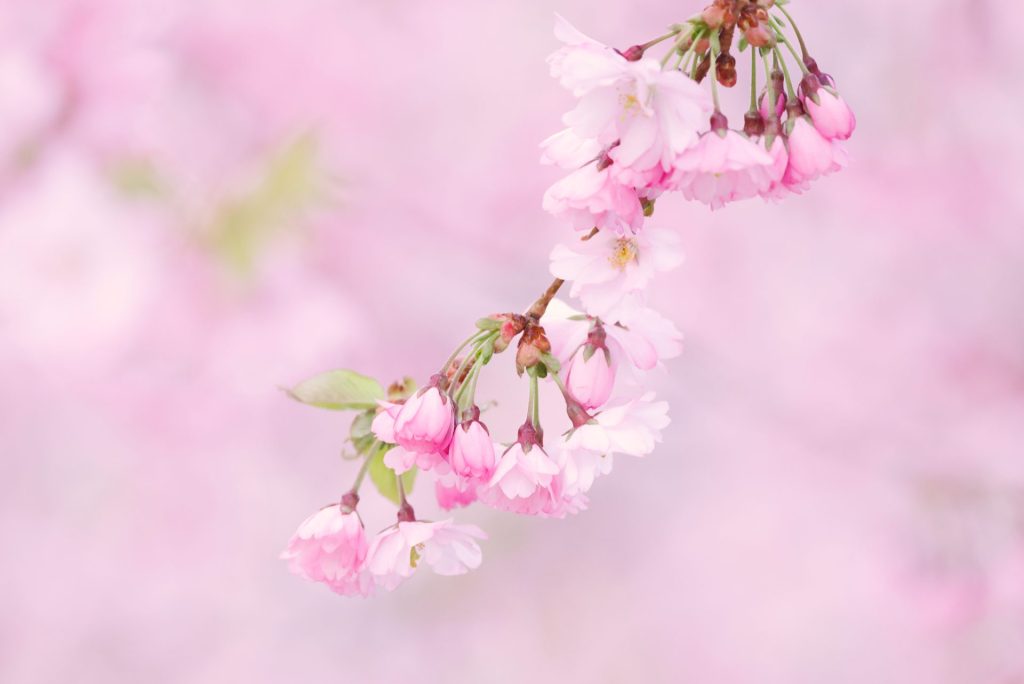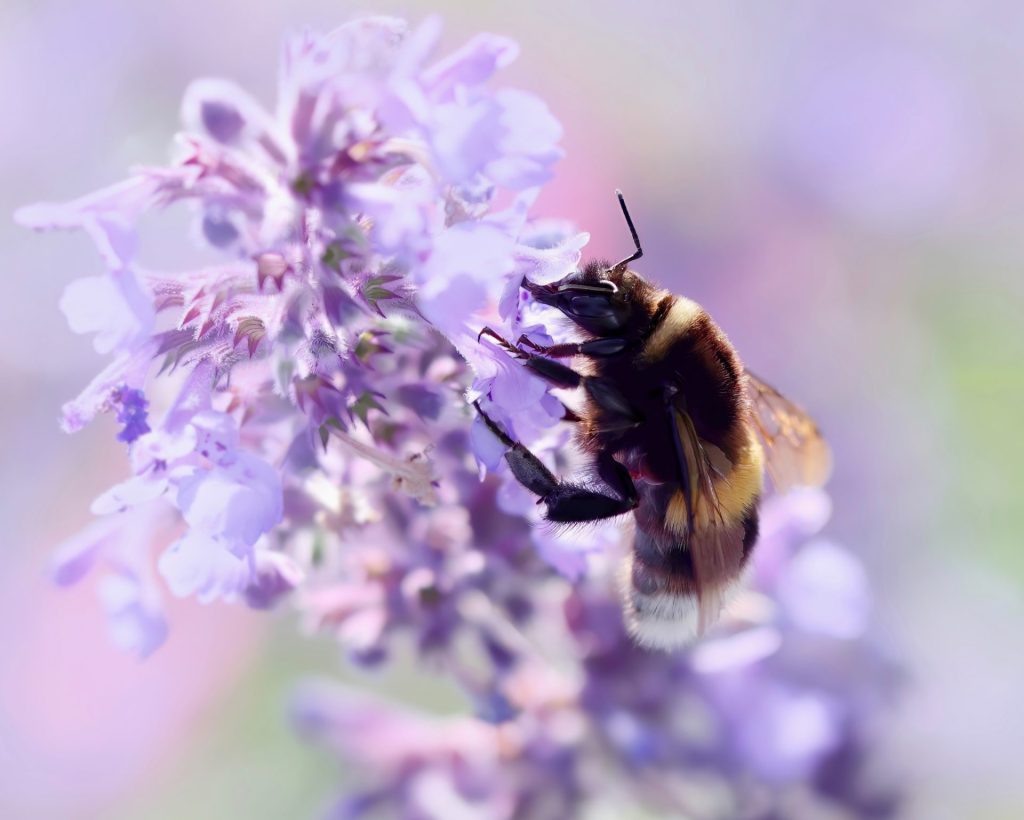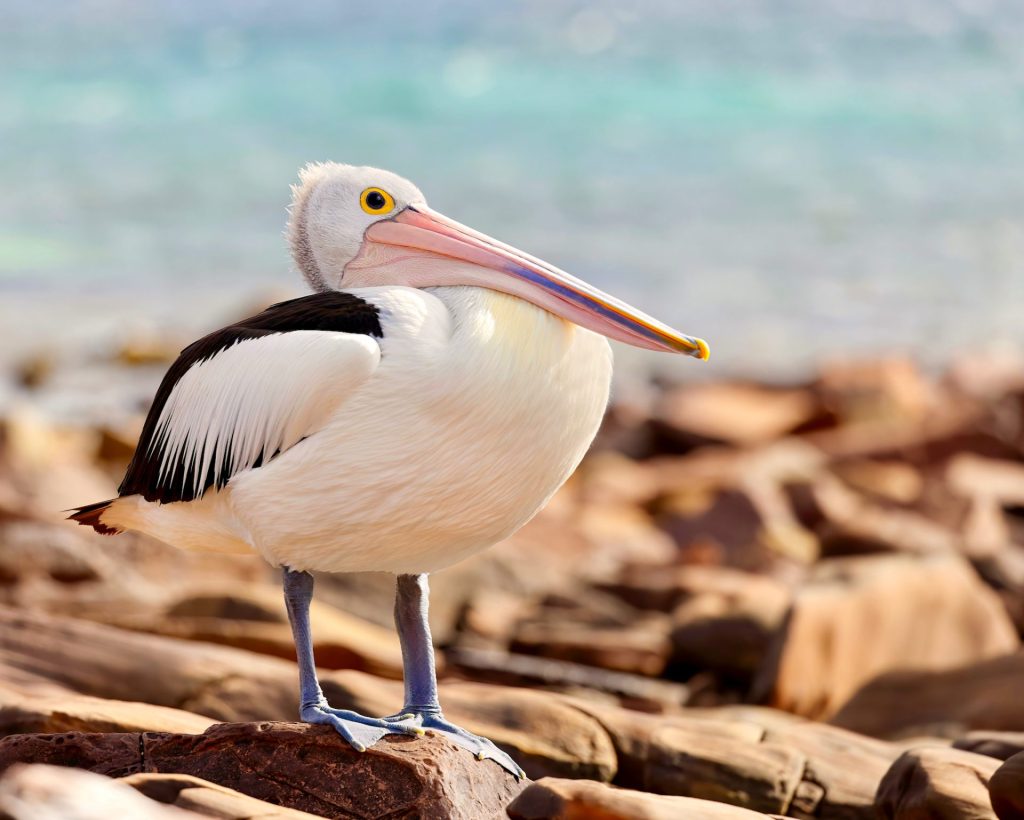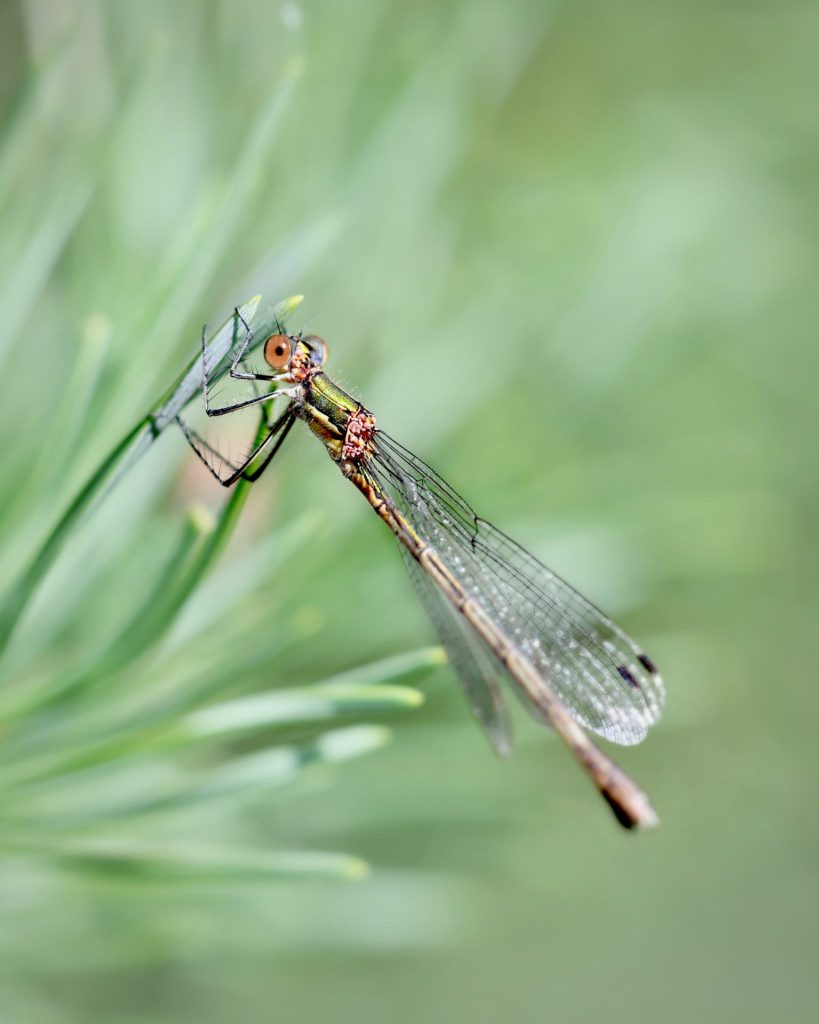
There is a solitude of space
A solitude of sea
A solitude of death, but these
Society shall be
Compared with that profounder site
That polar privacy
A soul admitted to itself—
Finite infinity.
Emily Dickinson (1830 – 1886) was one of the most original American poets. She is considered one of the most important American poets of the 19th century, along with Walt Whitman.
To read more poems, click here.













